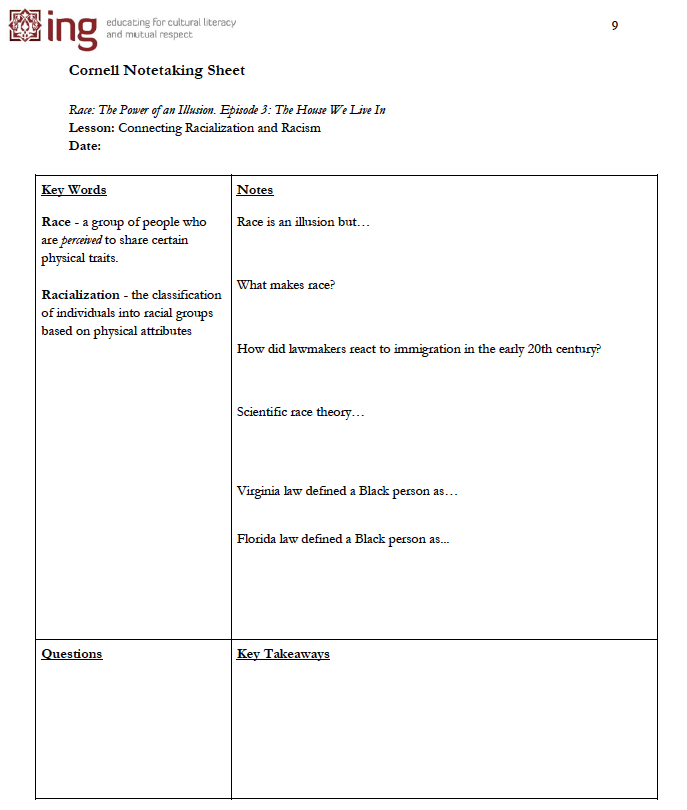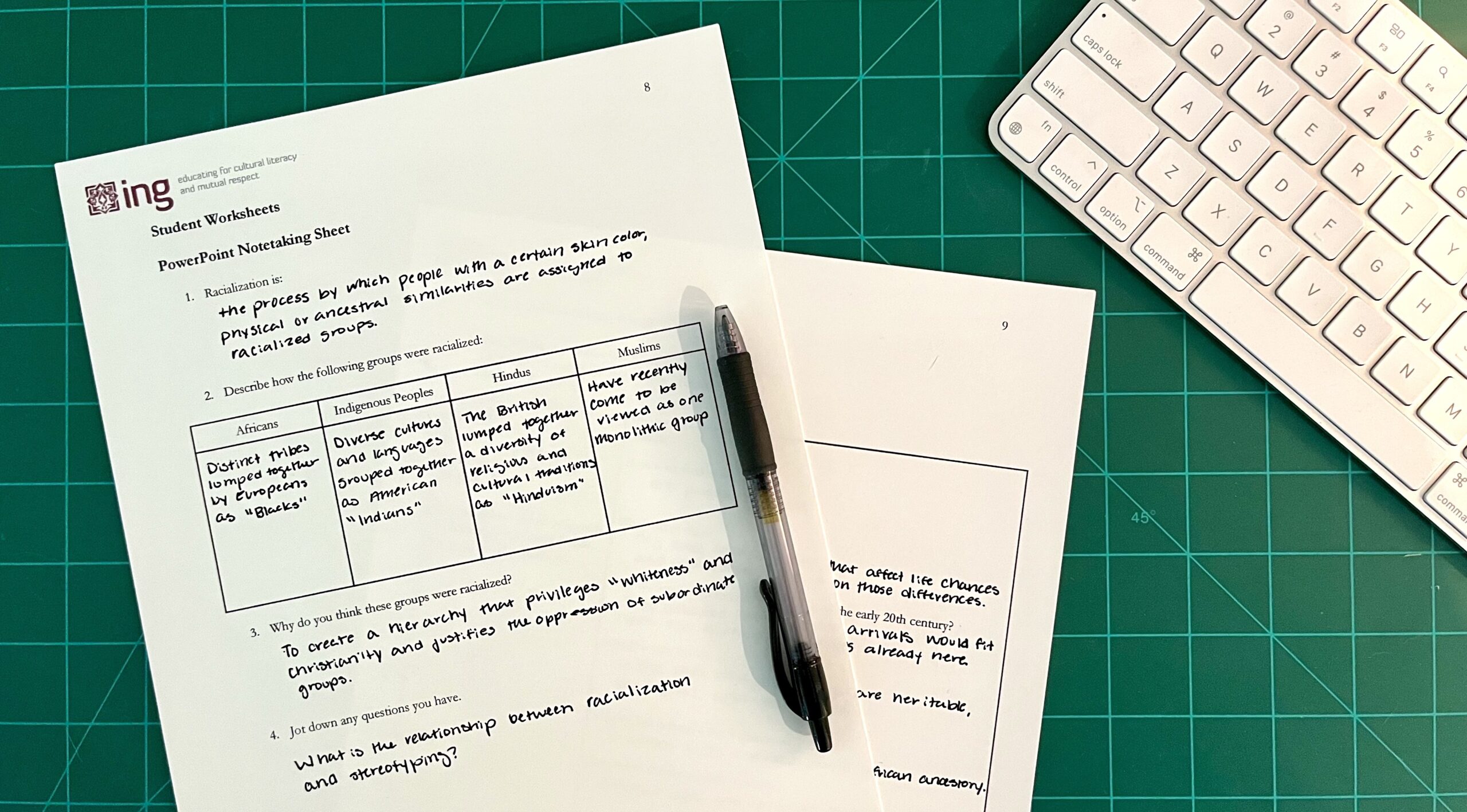Racism continues to be a source of bigotry, hate, and violence in the United States. The FBI hate crimes report showed that hate crimes increased nearly 12% in 2021 over the previous year, with almost 65% of victims reportedly targeted because of their race or ethnicity. Of those targeted because of their race or ethnicity, Black Americans were the most frequently targeted, with a 14% rise from the previous year; anti-Asian bias also increased by 167%. Religiously motivated hate crimes increased 28% from 2020, with Sikh, Jewish, and Muslim Americans making up the religious groups most frequently attacked. Additionally, the 2022 report by the Institute for Social Policy and Understanding found that Muslim Americans continue to be the most likely group to experience institutional religious discrimination, such as when applying for a job, interacting with law enforcement, when at the airport, and when seeking health care. All of these trends, among other factors, contribute to the general climate that leads to identity-based bullying in schools.
Teachers have a responsibility to be a part of efforts to both tackle racism head-on and move the needle toward racial justice. But how? Conversations confronting anti-Blackness, Islamophobia, white supremacy, and the like are challenging in a school setting. That’s why we’re so thankful to share these free lesson plans from the Islamic Networks Group (ING) on addressing racism, creating inclusive communities, and building equity.
We pulled out our top six (although all 14 are excellent) lesson plans on racism from the set. What we love about this unit is how it centers on narratives. Students have the opportunity to look at the origins and history of narratives about people across ethnicities and racialized religious groups, and consider their relationship to implicit bias and racism. It also offers young people powerful counter-narratives and ways they can act to counter racism.
These anti-racism lesson plans are designed for middle and high school. They would be a great complement to your U.S. history, world history, current events, or ethnic studies courses. And ING’s work focuses on developing an understanding not just of Muslims but of all marginalized groups.
Countering Racialization and Racism: Lesson Plan #4
If you’re anything like me, you’ll appreciate the extensive background information provided here. In this discussion-based lesson, students examine racialization in the 19th and 20th centuries. The accompanying homework project is perfect for virtual learners because it asks students to research and create a multimedia presentation on a historical issue that involves racism, from Jim Crow laws to the Japanese internment. This could also be a nice extension of your Black History Month lessons. If you love Cornell Notes, you’ll appreciate this worksheet:

Dominant Narratives in Education: Lesson Plan #5
With so much misinformation, it’s more important than ever to teach students how to look critically at reading material. Too often, schools present textbooks as the be-all and end-all, but we know they’re imperfect (and even sometimes insidious). For this lesson, students listen to a podcast from NPR Code Switch about the political and economic forces that shape textbook representations.
Manifestations of Racism: Interpersonal Racism: Lesson Plan #8
Many students (and many adults) have this idea that racism exists only as extreme acts of violence or discrimination. This lesson introduces the idea of interpersonal racism, or racism that occurs between individuals. And this type of racism often takes the form of covert (as opposed to overt) racism. I’ve done the Implicit Association Tests recommended here. They’re a great way to get students to examine their own hidden biases.
Manifestations of Racism: Structural Racism: Lesson Plan #9
This is the perfect lesson to teach in response to defensiveness around privilege. It’s important for students to understand the impact of institutional racism—public policies and institutional practices that perpetuate racial group inequality—on marginalized peoples. Students begin this lesson by examining an excellent infographic from the National Equity Project.
Introducing Counter Narratives: Panels of Speakers: Lesson Plan #10
Counter narratives are messages that challenge dominant narratives, and what better way to get one than with a live panel? In this lesson, a panel of guest speakers from diverse ethnic and religious backgrounds highlight the voices and lived experiences of people whose stories have often been sidelined or marginalized. Find out how to schedule an Intercultural Speakers Bureau Panel for your class.

Responding to Racism: Individual Action: Lesson #12
As important as educating students about the history and impact of racism in this country is empowering them to do something about it. Strategies covered in this lesson include recognizing one’s own privilege, amplifying marginalized voices, engaging in difficult conversations about race and racism at home, at school, and with friends, and joining in protests and other large-scale activities.

